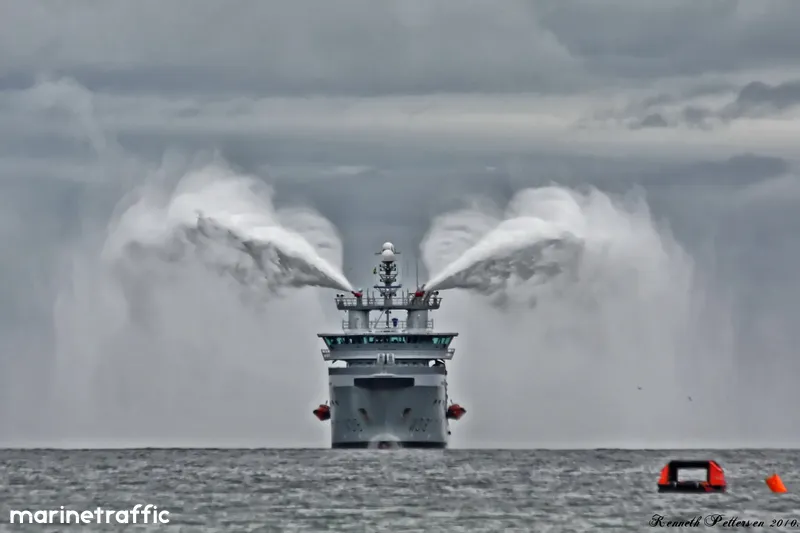Colin P said:
1.2 is the standard calculation for HR costs. Food is likely $500 a day, Training only happens roughly once a year for 5 days for the majority of the fleet and is a cost not borne of the vessel. (people are required to get their tickets on their own time, unless your a ring wearer) Fuel costs per hour steamed are likely to be a tad lower, unless breaking ice.
I assume you're thinking of 5 year MED refershers, but there's a lot more training than that...
Fall arrest, confined space, first aid, CPR, FRC,, etc, both the cost of the course, and the additional training days paid to the crew.
They usually pay for any courses required to upgrade marine tickets as well.
Even if it's not a cost borne by the vessel, it's paid by government.
Plus overtime for any work outside of normal working hours, and allowances paid (nothing sillier than "dirty" pay)
After allowances, overtime, and training days, my net pay was almost double my base salary when I worked for the coast guard.
That's personnel, but you've also got vessel maintenance cost.
Parts for routine maintenance and repairs, certificates to be renewed, annual maintenance done, refit completed, etc.
The $30k day rate is all inclusive, you get a crewed vessel, that performs to the specifications you contracted, you just pay for fuel.
A few years ago when the larger companies were trying to see who had deeper pockets and offering ships at a loss in an attempt to drive competition out of business, a similar ship would have been $20k.
So if you include *all* associated costs, it's likely comprable to what it costs the government to run a similar sized ship.
You can't even compare the day rate of chartering a private vessel directly to the operations budget of a government vessel, as many associated costs are covered by other budgets.






